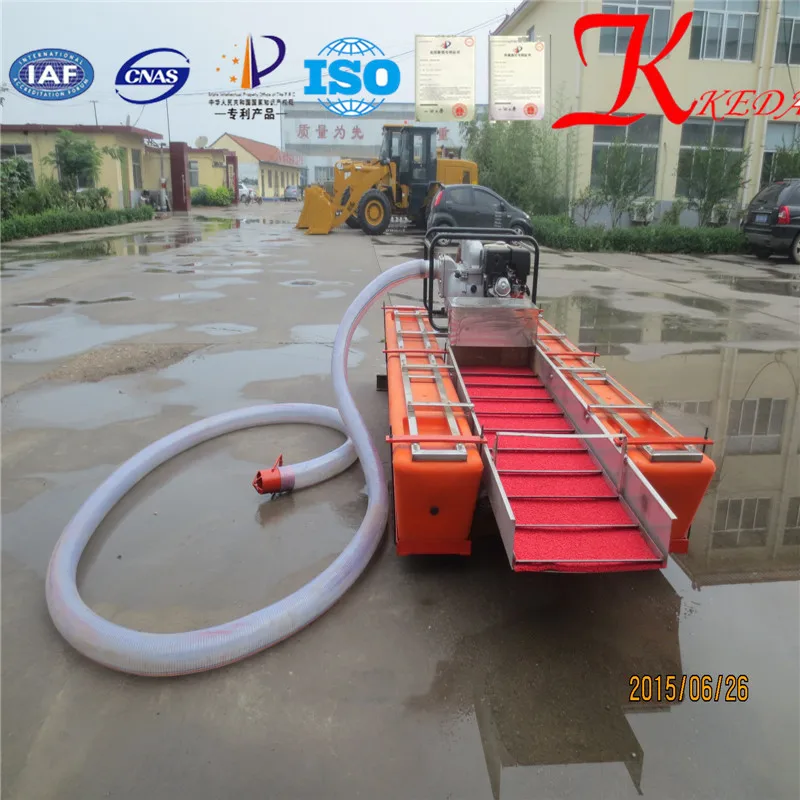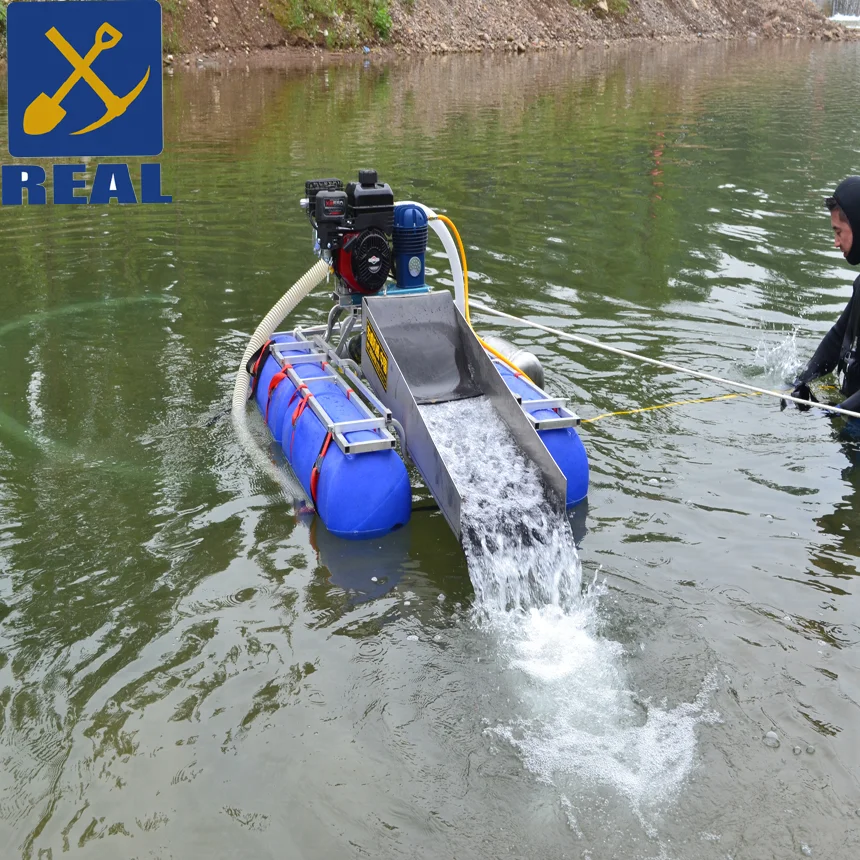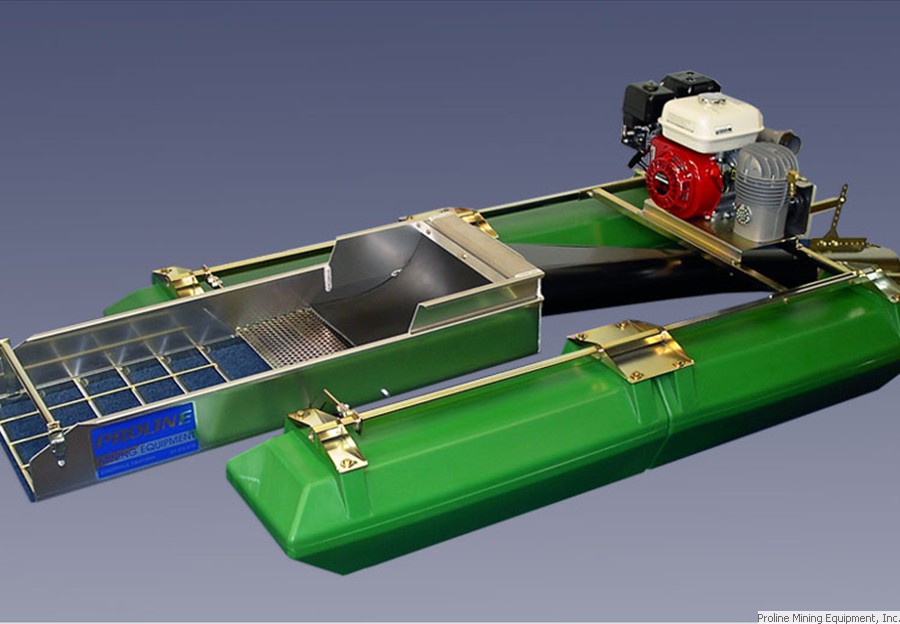
I.e., less settleable solids and lower turbidity. This seepage almost always meets the settleable solids effluent standards, and in most cases, Is probably of better quality than the water discharged from typically operated settling ponds. However, some zero-discharge systems do have occasional discharges, usually due to water seepage through pond dikes. Sands and other heavy settleable solids are collected here where they are easy to wash. A pre-settling pond is located in the tail race between the sluice and the first settling pond.

The use of pre-settling ponds is encouraged. Small ponds are usually easier to build, repair, dean, replace, bypass, and rehabilitate than larger ponds. Most mines use a series of small settling ponds to permit more flexible water management. The physical design of the ponds depends upon the amount of water flowing through the system, the sediment characteristics of the gravels being worked, and the physical characteristics of the site. These ponds are designed to hold the “muddy” water long enough for the fine sediments to settle. This “muddy” process water flows from the end of the sluicebox over a pile of fresh tailings into a series of settling ponds. The water that carries the gold-bearing gravel through the sluicebox becomes sediment-laden and turbid. Tailings are routinely moved away from the sluicebox by a loader or bulldozer.

Tailings are gravel, sand, and other materials accumulated at the end of the sluicebox. The undersize material and gold-bearing gravel is mixed with water and flows through the sluicebox where the gold and heavy black sands are concentrated. The oversize material, usually larger than two inches, slides out of the washplant into a pile where it can be moved by a front-end loader or bulldozer. Classifying gravels provides for more efficient gold recovery, reduced water consumption, and facilitation of mine site rehabilitation, and is practiced by most operators. It is classified by particle size using various stationery or vibrating screens. When the mined gravel is fed into the wash plant. This practice promotes equipment efficiency by allowing the bulldozer to continue mining while the loader or backhoe feeds the wash plant at a steady rate.

The stockpiled gold-bearing gravel is then fed into the wash plant by a front-end loader or large backhoe. Using a gold wash plant, exposed gold-bearing gravels are mined using a bulldozer that pushes and stockpiles the gravel near a wash plant.


 0 kommentar(er)
0 kommentar(er)
